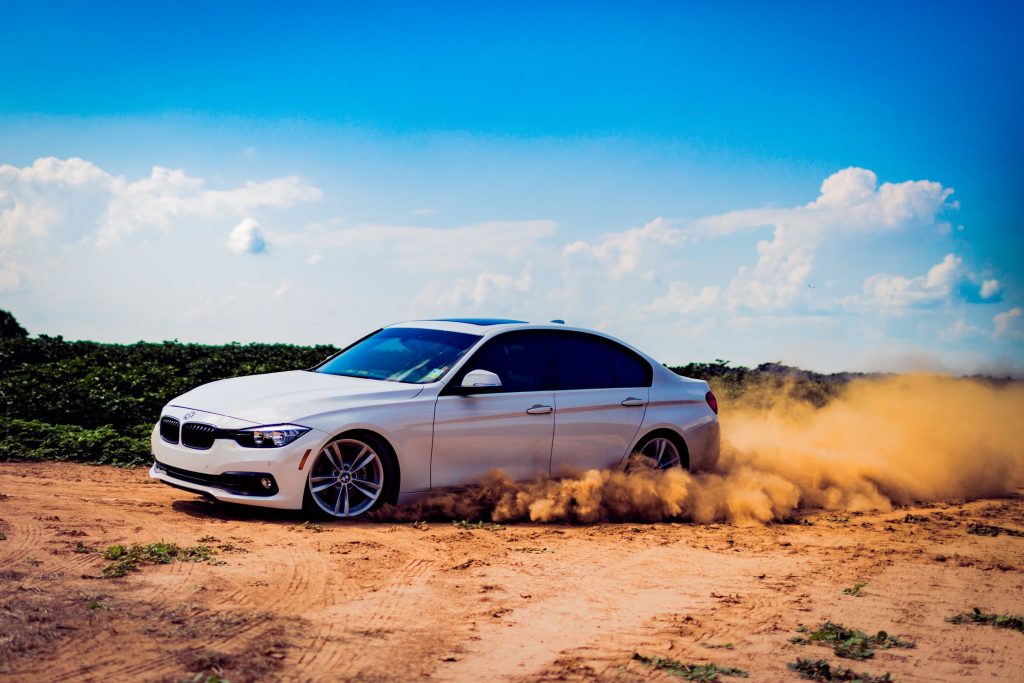The foam used in a commercial car wash like The Wash Tub is more effective and efficient at cleaning your car of its build-up of dirt, dust and grime. This is because it contains special ingredients and uses special technology that make it better at the job.
The Components of Foam
There are four essential components in a car wash foam. First, the surfactants are substances that make the foam create its characteristic sudsy, foamy appearance. These are also essential in removing the dirt, dust and grime by making their molecules looser, in a manner of speaking.
Surfactants are also used in home soaps and detergents for the same reason. But the type of surfactants used in car wash foam are different, as well as used in different quantities.
Second, the foam also requires water to dilute the products as well as carry the surfactants. The amount of water used in combination with the foam depends on its type but most use only a small amount of water.
Third, there should also be air in the foam. Air is necessary for propelling the surfactant and water through the agitation process. Think of it this way: When you want to make bubbles through a bubble maker, you have to blow on the bubble maker – and that’s air.
Fourth, agitation must also be introduced into the mixture to create the foam. In a commercial car wash, it may come via plastic scrubs in a foam chamber although many car washes also use new-tech foamers.
When these four components are mixed, the foam will do a better job of cleaning vehicles of their months of grime, even underneath their bodies.
The Right Size Matters, Too
But it isn’t just getting the right mix that matters in foam. There’s also the matter of the size of the foam when used in different stages of the process.
Smaller and tighter bubbles are usually applied during the pre-soak because these can penetrate the smaller areas of the vehicle being washed. These bubbles are typically created by using an orifice-type nozzle, such as a K-foam nozzle, which allows for fast and easy coverage of the vehicle’s front and back areas.
Larger, looser and dryer bubbles are best for lubrication, generally after a pre-soak, because of their high foaming property. The build-up of grime over a larger area can then be effectively removed.
The lesson for customers: Ask the car wash employee about the type of foam washed and its effects on your car, especially on the paint. You want foam that will make your car’s exterior as clean as possible without damaging the pain job.
